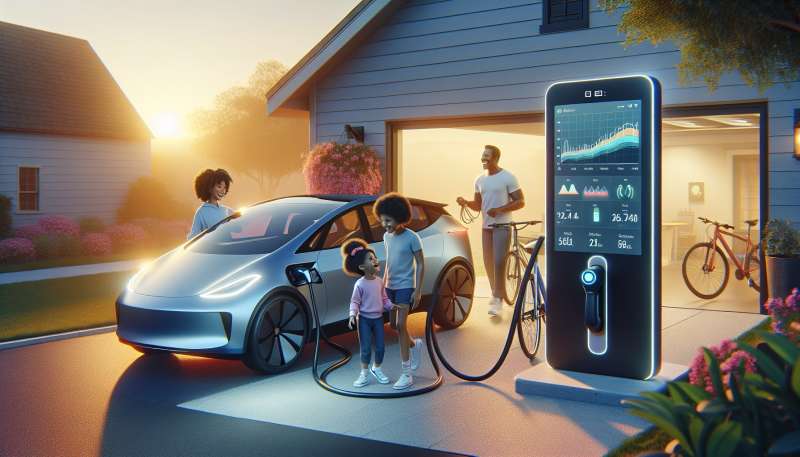
EV Infrastructure Growth
Global electric vehicle infrastructure is rapidly expanding. By 2020, there were over 1 million EV charging stations worldwide, a number expected to hit 20 million by 2030, catering to the growing EV market.
Wireless Charging Technology
Wireless EV charging is emerging, allowing vehicles to charge via inductive charging pads. This technology promises convenience by eliminating the need for cables, potentially integrating with parking spots and highways.
Battery Swapping Stations
Battery swapping is an alternative to traditional charging stations. This method, popular in China, enables EV drivers to exchange depleted batteries for fully charged ones in minutes, reducing wait times significantly.
Solar-Powered Charging
Solar-powered EV charging stations harness renewable energy. These eco-friendly stations not only reduce electricity costs but also lower the carbon footprint of EV charging, supporting a truly green transportation ecosystem.
V2G Technology Integration
Vehicle-to-Grid (V2G) technology allows EVs to communicate with the power grid, providing demand-response services during peak hours and recharging during off-peak times, thus stabilizing the grid and offering an additional income stream for EV owners.
Smart Charging Systems
Smart EV charging systems optimize energy usage by adjusting the charging rate based on grid capacity and electricity prices. These systems can also prioritize charging based on the user's schedule, ensuring vehicles are ready when needed.
Government Policy Influence
Government incentives and regulations are crucial for EV infrastructure development. Policies like tax credits for installing EV chargers and mandating charging points in new buildings are accelerating the infrastructure rollout.
Projected EV stations worldwide by 2030?
5 million stations
20 million stations
1 million stations
Company